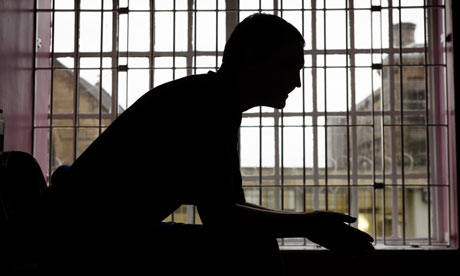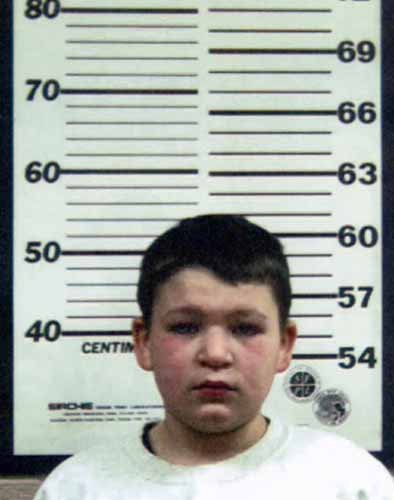
Shortly after my book, CRAZY: A Father’s Search Through America’s Mental Health Madness, was published in April 2006, I received a telephone call from an attorney at the U.S. Department of Justice who asked me about incidents at the Miami Dade County jail that I’d described in my book. The federal investigator was curious about my claims that correctional officers, who worked on the ninth floor of the jail, physically beat inmates. During the ten months that I’d spent doing research at the jail, I had been told several times by officers that I needed to exit the floor “for my own safety” while jailers “put their hands” on troublesome inmates. When I returned to the cellblock later, I was able to confirm that guards had gone into cells and beaten inmates. One officer was especially infamous for abusing prisoners. He bragged about it. At the time, I was surprised at how openly officers talked to me about the beatings.
Last Friday, the Justice Department released a three -year study of the Miami Dade corrections department and the federal investigators’ findings confirm what I first revealed in my book. Put simply, the Miami Dade Pre-trial Detention Center is a living hell on earth for inmates with mental illnesses.







